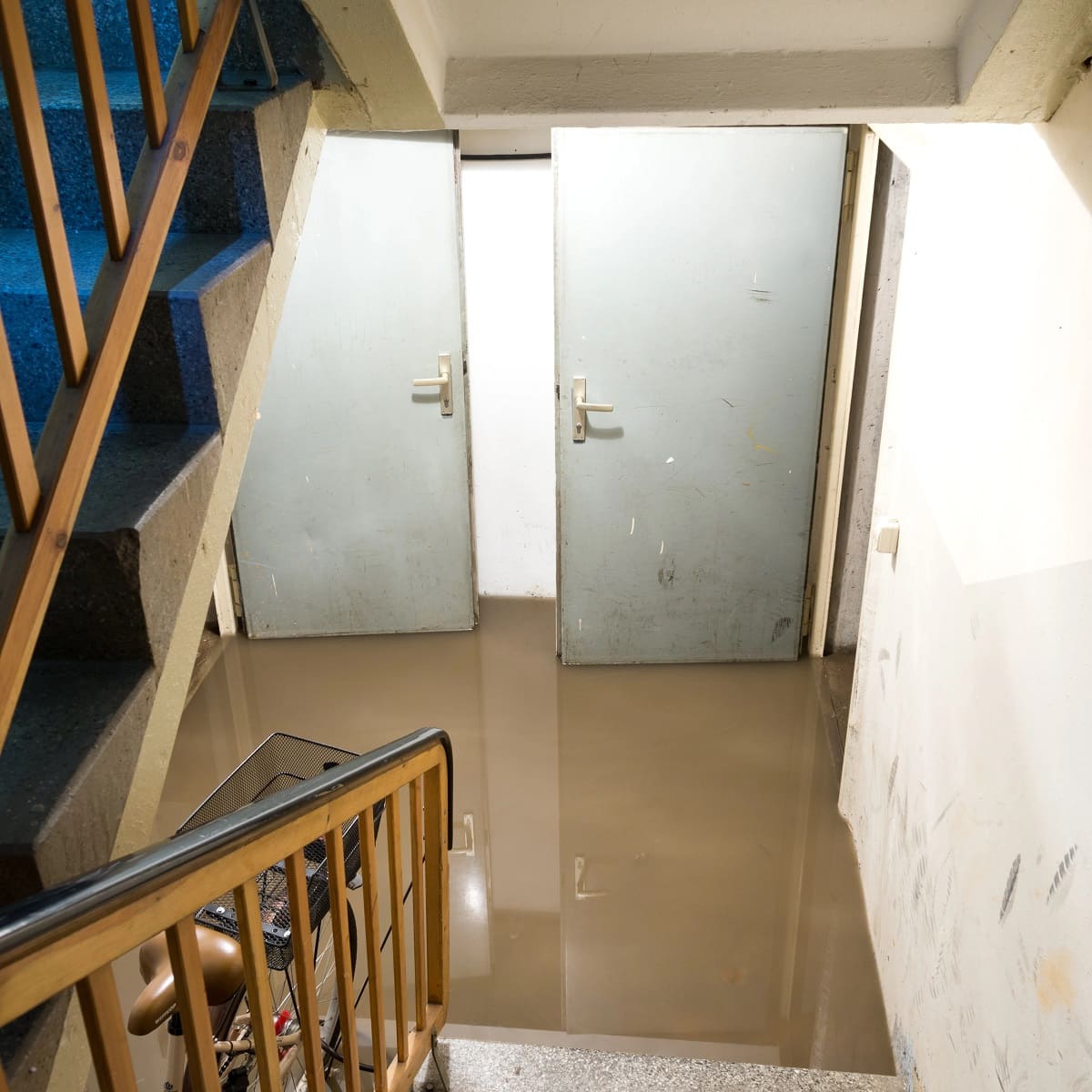

Articles
How To Fix A Basement That Floods
Modified: January 6, 2024
Learn effective strategies and tips on fixing a basement that frequently floods in these informative articles.
(Many of the links in this article redirect to a specific reviewed product. Your purchase of these products through affiliate links helps to generate commission for Storables.com, at no extra cost. Learn more)
Introduction
Basement flooding is a common problem that many homeowners experience. Whether it is due to heavy rainstorms, improper drainage, or foundation issues, a flooded basement can cause significant damage and create an unhealthy living environment. Fortunately, there are steps you can take to fix and prevent basement flooding.
In this article, we will explore the common causes of basement flooding, how to assess the damage, and various solutions to address the issue. We will provide you with practical tips to fix exterior drainage issues, repair gutters and downspouts, waterproof foundation walls, seal cracks and gaps, install a sump pump, and ensure proper grading and landscaping. Additionally, we will share preventive measures to help you avoid future basement flooding.
By following these guidelines and taking proactive measures, you can protect your home from the devastating effects of basement flooding and create a safe and dry living space for you and your family.
Key Takeaways:
- Preventing basement flooding requires proactive measures such as fixing exterior drainage, installing a sump pump, and maintaining gutters. Regular inspections and proper landscaping are essential for long-term protection.
- Identifying and addressing common causes of basement flooding, such as poor grading and plumbing issues, is crucial. Implementing preventive tips and staying informed about local weather conditions can significantly reduce the risk of future flooding.
Read more: My Basement Floods When It Rains
Common Causes of Basement Flooding
Understanding the common causes of basement flooding is essential in order to implement effective solutions. Here are some of the most frequent culprits:
- Heavy Rainfall: Excessive rain can overwhelm the capacity of your drainage system, leading to water flowing towards your basement. This is especially common if your property is located in an area with poor soil drainage or inadequate grading.
- Poor Exterior Drainage: If your property lacks proper exterior drainage systems, such as downspouts and gutters, water can pool around your foundation and seep into your basement.
- Foundation Issues: Cracks, gaps, or deteriorating foundation walls can allow water to enter your basement. This is especially problematic during heavy rainfall or when the water table rises.
- Sewer Backup: In some cases, a clogged or overwhelmed sewer system can cause sewage to back up into your basement. This can lead to not only water damage but also health hazards.
- Plumbing Issues: Leaking or burst pipes in your basement can result in flooding. It is crucial to regularly inspect and maintain your plumbing system to prevent such issues.
- Inadequate Sump Pump: If your basement is equipped with a sump pump, it may fail to function properly if it is old, improperly installed, or lacks a backup power source.
- Inefficient Grading and Landscaping: If your property’s grading slopes towards your foundation or if the landscaping does not direct water away from your home, it can lead to basement flooding.
Identifying the specific cause of your basement flooding is crucial in order to address the issue effectively. By understanding these common causes, you can take proactive measures to prevent future flooding and ensure the safety and integrity of your basement.
Assessing the Damage
Once your basement has flooded, it is important to assess the extent of the damage before proceeding with any repairs or preventive measures. Here are some steps to help you evaluate the damage:
- Ensure Safety: Before entering your flooded basement, make sure it is safe to do so. Turn off the electricity and wear appropriate protective gear, such as rubber boots and gloves, to minimize the risk of electrical shock or exposure to harmful contaminants.
- Document the Damage: Take photos and videos of the flooded area and the damaged items. This documentation will be useful for insurance claims and can help you keep track of the restoration process.
- Remove Standing Water: Use a submersible pump, a wet/dry vacuum, or a professional water removal service to remove all standing water from your basement. Make sure to also dry out any affected furniture, carpets, and belongings.
- Inspect Walls and Flooring: Check the walls, flooring, and baseboards for any signs of water damage, such as discoloration, warping, or mold growth. Pay attention to cracks or gaps in the foundation and look for any structural issues.
- Check Electrical Systems and Appliances: If your basement houses electrical panels, HVAC systems, or appliances, have them inspected by a professional to ensure they are safe to use. If any equipment has been submerged, do not attempt to use it until it has been inspected and deemed safe.
- Assess Mold and Mildew: After a flood, mold and mildew can quickly start to grow in damp environments. Inspect your basement for any signs of mold or a musty odor. If you notice extensive mold growth, it is advisable to consult a professional mold remediation service.
- Consult with Professionals: If you are uncertain about the extent of the damage or if you need help with the assessment process, it is recommended to consult with professionals, such as a water damage restoration company or a structural engineer, who can provide expert advice and guidance.
By thoroughly assessing the damage caused by the basement flooding, you can make informed decisions about the necessary repairs and preventive measures. Remember to prioritize safety and seek professional assistance whenever needed during the assessment process.
Fixing Exterior Drainage Issues
Addressing exterior drainage issues is crucial in preventing basement flooding. By effectively managing water flow around your property, you can reduce the risk of water seeping into your basement. Here are some steps to fix exterior drainage issues:
- Clean and Maintain Gutters: Clogged gutters can cause water to overflow and accumulate around your foundation. Regularly clean your gutters and ensure they are free from debris. Consider installing gutter guards to prevent future clogging.
- Extend Downspouts: Ensure that your downspouts extend at least 6 feet away from your foundation. This will help redirect water away from your home and prevent it from pooling near the basement walls.
- Install French Drains: French drains are an effective method to direct water away from your foundation. These drains consist of a perforated pipe surrounded by gravel or rock, allowing water to flow away from your basement. Consult with a professional for proper installation.
- Create Swales or Berms: Swales are shallow ditches or depressions created in the landscape to divert water away from your home. Berms, on the other hand, are mounds of soil that can redirect water flow. Both methods can help manage surface runoff and prevent excessive water accumulation near your foundation.
- Grade Landscaping Away from Foundation: Ensure that the grading around your property slopes away from your foundation. This will help direct water flow away from your basement. Consider regrading the landscape if necessary.
- Install Trench Drains: If your property is prone to excessive surface water, consider installing trench drains in key areas to collect and redirect water. Trench drains are typically installed in driveways, patios, or other areas where standing water can accumulate.
- Redirect Surface Runoff: If your neighboring properties or nearby roads contribute to water runoff towards your home, inquire about the possibility of installing diversion channels or other measures to redirect the flow away from your basement.
By implementing these measures, you can effectively manage exterior drainage and reduce the risk of basement flooding. Remember to consult with professionals for expert advice and assistance, especially for complex drainage system installations.
Installing or Repairing Gutters and Downspouts
Gutters and downspouts play a crucial role in directing water away from your home’s foundation. If your existing gutters and downspouts are damaged or inadequate, it is essential to install or repair them to prevent basement flooding. Here’s what you can do:
- Inspect Your Gutters: Start by inspecting your gutters for any signs of damage or wear. Look for cracks, holes, or loose sections that may cause water to leak or overflow.
- Clean Your Gutters: Remove any debris, leaves, or twigs that may be causing clogs in your gutters. Use a garden trowel or a pressure washer to thoroughly clean them.
- Repair or Replace Damaged Gutters: If you notice any cracks or holes in your gutters, use gutter sealant or patching material to repair them. For severe damage, it may be necessary to replace the damaged sections or the entire gutter system.
- Check Downspouts: Inspect your downspouts to ensure they are securely attached to the gutters and that they are not clogged or damaged.
- Redirect Downspouts Away from Foundation: Ensure that your downspouts extend at least 6 feet away from your foundation. Use downspout extensions or splash blocks to direct water away from your home.
- Install Gutter Guards: Consider installing gutter guards or leaf screens to prevent debris from clogging your gutters. These guards can save you the hassle of frequent cleaning and help maintain proper water flow throughout the gutter system.
- Maintain Regular Cleaning: It is important to regularly clean and maintain your gutters to prevent the accumulation of debris. Inspect them at least twice a year and after heavy storms.
- Consult with Professionals: If you are unsure about the condition of your gutters and downspouts or if you have a complex gutter system, it is advisable to consult with professionals. They can assess the situation and provide recommendations for repairs or installations.
Installing or repairing gutters and downspouts is a critical step in preventing basement flooding. By ensuring that water flows freely away from your home, you can safeguard your basement and foundation from potential water damage.
Read more: Why Does My Basement Flood
Waterproofing the Foundation Walls
Waterproofing your foundation walls is a vital step in preventing moisture from seeping into your basement. By creating a barrier against water intrusion, you can protect your basement from potential flooding. Here are some steps to waterproof your foundation walls:
- Identify Vulnerable Areas: Start by inspecting your foundation walls for any cracks, gaps, or areas of vulnerability. These are potential entry points for water and should be addressed before applying waterproofing measures.
- Repair Cracks and Gaps: Use epoxies or hydraulic cement to fill in any cracks or gaps in your foundation walls. Ensure that the areas are properly cleaned and prepared before applying the repair material.
- Apply Exterior Waterproofing: Consider applying a waterproof coating or membrane on the exterior of your foundation walls. This can create a protective barrier against water intrusion. Consult with a professional for the most suitable waterproofing product for your specific foundation type.
- Install a Drainage System: To further prevent water from reaching your foundation walls, consider installing a drainage system. This can include a French drain or a perimeter drain tile system that collects and redirects water away from your basement.
- Waterproof Interior Walls: If your budget or circumstances do not allow for exterior waterproofing, you can opt for interior solutions. Interior waterproofing methods include applying waterproof sealants or coatings on the interior of your foundation walls.
- Consider Foundation Insulation: In addition to waterproofing, insulating the foundation walls can help regulate temperatures and prevent condensation. This can be achieved by using foam board insulation or spray foam insulation.
- Maintain Proper Drainage: Ensure that your gutters, downspouts, and exterior drainage systems are functioning correctly. Redirecting water away from your foundation is a crucial part of maintaining basement waterproofing.
- Consult with Professionals: Waterproofing your foundation walls can be a complex and crucial task. It is recommended to consult with professionals who specialize in foundation waterproofing. They can assess your specific situation and provide guidance on the best methods to effectively waterproof your basement.
By properly waterproofing your foundation walls, you can significantly reduce the risk of basement flooding and protect your home from water damage. Consider the condition of your foundation walls and the specific needs of your property when deciding on the most suitable waterproofing methods.
Make sure your gutters and downspouts are clear and directing water away from the foundation. Consider installing a sump pump to remove excess water.
Sealing Cracks and Gaps
Sealing cracks and gaps in your basement walls and floors is an essential step in preventing water intrusion and potential basement flooding. These small openings can allow water to seep into your basement, causing damage over time. Here’s how you can effectively seal cracks and gaps:
- Inspect Your Basement: Thoroughly inspect your basement walls and floors for any visible cracks or gaps. Look for areas where water may be entering or where moisture is present.
- Clean and Prepare the Area: Before sealing, clean the cracks and gaps by removing any debris or loose material. Use a wire brush or a vacuum to clear the area and ensure proper adhesion of the sealant.
- Choose the Right Sealant: Depending on the size and type of crack or gap, you may need different sealants. For small cracks, use a high-quality epoxy or polyurethane sealant. For larger gaps or leaks, consider using hydraulic cement or a waterproofing membrane.
- Apply the Sealant: Follow the manufacturer’s instructions to properly apply the sealant. Use a caulk gun or trowel to fill in the cracks and gaps evenly. Ensure that the sealant creates a watertight barrier and fully penetrates the cracks.
- Smooth and Level the Surface: Use a putty knife or a trowel to smooth the surface of the sealant, making it level with the surrounding area. This will help prevent water from pooling or collecting in the sealed area.
- Allow Sufficient Drying Time: Let the sealant dry and cure according to the manufacturer’s recommendations. This will ensure maximum effectiveness and durability.
- Monitor and Reapply: Regularly inspect the sealed areas for any signs of wear or additional cracks. If necessary, reapply sealant to maintain the integrity of the seal and prevent water infiltration.
- Consider Professional Assistance: If you are unsure about the proper sealing techniques or if you have extensive cracks or gaps, it is advisable to seek professional assistance. A professional waterproofing contractor can assess the situation and apply the most suitable sealants for long-lasting protection.
Sealing cracks and gaps in your basement is a cost-effective and straightforward way to prevent water intrusion. By taking the time to seal these openings properly, you can protect your basement from unwanted moisture and avoid potential flooding.
Installing a Sump Pump
Installing a sump pump in your basement is a proactive measure against basement flooding. A sump pump collects water that accumulates in a sump pit and pumps it out of your basement, preventing water damage and keeping your living space dry. Here’s how you can install a sump pump:
- Locate the Sump Pit: Identify the lowest point in your basement where water is likely to accumulate. This is where the sump pit will be placed. Choose a location near a power source and away from obstructions.
- Prepare the Sump Pit: Excavate a hole for the sump pit, ensuring it is deep enough to accommodate the pump and allow for proper drainage. Make sure the pit is wide enough for easy access and maintenance.
- Install the Sump Pump: Place the sump pump in the sump pit, ensuring that the float switch is unobstructed and can move freely to activate the pump when the water level rises.
- Connect the Discharge Pipe: Attach a discharge pipe to the pump’s outlet port. The pipe should extend from the pump and direct water away from your foundation, ideally to a storm drain or a safe drainage area away from your home.
- Install a Check Valve: To prevent backflow of water into the pit, install a check valve on the discharge pipe. This ensures that water pumped out by the sump pump does not flow back into the pit.
- Connect to a Power Source: Plug the sump pump into a GFCI (Ground Fault Circuit Interrupter) outlet. Consider installing a backup power system, such as a battery or generator, to ensure the sump pump continues to operate during power outages.
- Test the Sump Pump: Fill the sump pit with water to test the sump pump’s functionality. Ensure the pump activates, pumps out the water, and shuts off automatically. Adjust the float switch if necessary.
- Maintain and Test Regularly: Inspect and clean the sump pit regularly to remove any debris or sediment that may affect the pump’s performance. Test the sump pump at least once a year to ensure it is functioning properly.
- Consider Professional Installation: If you are uncertain about the correct installation process or if you prefer professional assistance, consult with a qualified plumber or waterproofing contractor. They can install the sump pump and provide expert advice on maintenance and upkeep.
Installing a sump pump is a reliable solution to prevent basement flooding. By effectively removing excess water from your basement, a sump pump can provide you with peace of mind and protect your home from water damage.
Ensuring Proper Grading and Landscaping
Proper grading and landscaping around your home are essential in preventing water from entering your basement. By managing the flow of water away from your foundation, you can minimize the risk of basement flooding. Here are some steps to ensure proper grading and landscaping:
- Evaluate the Grading: Assess the slope of your yard and ensure that it directs water away from your foundation. Ideally, the grading should slope downwards at least 6 inches for the first 10 feet away from your home.
- Regrade if Necessary: If you notice that the grading around your home is inadequate or slopes towards your foundation, consider regrading the landscape. Add additional soil to create a gradual slope away from your home.
- Install a Swale: A swale is a shallow, sloped depression that diverts water away from your foundation. Consider installing a swale in areas where water tends to accumulate, such as along the sides of your home.
- Use Permeable Landscaping: Opt for permeable materials in your landscaping, such as gravel or permeable pavers, which allow water to infiltrate the soil rather than run off towards your foundation.
- Plant Trees and Shrubs: Planting trees and shrubs strategically around your home can help absorb excess water and reduce surface runoff. Choose native species that are well-suited to your climate and soil conditions.
- Avoid Overwatering: Excessive watering in your landscaping can result in an accumulation of water near your foundation. Be mindful of your irrigation practices and water your plants and lawn appropriately to avoid oversaturation.
- Consider Rain Gardens: Rain gardens are landscaped areas that are designed to capture and absorb rainwater. By directing runoff towards a rain garden, you can prevent water from pooling around your foundation. Consult with a landscaping professional for guidance on designing and installing a rain garden.
- Regularly Maintain Your Landscape: Keep your landscaping well-maintained by trimming plants and vegetation away from your foundation. This allows for proper airflow and reduces the risk of excess moisture buildup near your basement walls.
- Consult with Professionals: If you are unsure about the best grading and landscaping practices for your property or if you require assistance with complex landscape modifications, consider consulting with a professional landscaper or drainage specialist. They can provide expert advice tailored to your specific needs.
By ensuring proper grading and landscaping, you can effectively manage water flow around your home and reduce the risk of basement flooding. Implement these measures to create a landscape that protects your home and promotes proper water drainage.
Read more: How To Dry Out A Basement After Flooding
Prevention Tips to Avoid Future Basement Flooding
Preventing future basement flooding is key to maintaining a dry and safe living space. By implementing these proactive measures, you can minimize the risk of water damage and protect your basement. Here are some prevention tips to consider:
- Maintain Gutter and Downspout Systems: Regularly clean and inspect your gutters and downspouts to ensure they are free from debris and working properly. This prevents water overflow and directs water away from your foundation.
- Upgrade Landscaping Drainage: Evaluate your landscaping and improve drainage by implementing proper grading, installing swales, and using permeable materials. This helps divert water away from your foundation and prevents pooling or excessive runoff.
- Inspect and Repair Foundation Cracks: Regularly inspect your foundation walls for cracks or gaps. Repair any damage promptly using appropriate sealants or patching materials to prevent water seepage.
- Install Basement Window Well Covers: If your basement has window wells, consider installing window well covers to prevent water accumulation and debris from entering the well.
- Invest in Basement Waterproofing: Consider professional basement waterproofing services, such as exterior waterproof coatings, interior sealants, or installing a drainage system. These measures provide an extra layer of protection against water intrusion.
- Inspect Plumbing Systems Regularly: Routinely check your plumbing for leaks, cracks, or any signs of damage. Fixing plumbing issues promptly can prevent water damage and potential basement flooding.
- Install a Battery Backup for Sump Pump: Ensure your sump pump continues to operate during power outages by installing a battery backup system. This ensures continuous protection against basement flooding, even in emergencies.
- Redirect Downspout Extensions Away from Foundation: Ensure that your downspouts extend at least 6 feet away from your foundation. This prevents water from pooling near the basement walls.
- Monitor and Maintain Exterior Drainage Systems: Regularly inspect and clean your exterior drainage systems, such as French drains or gutter extensions. Ensure that water is effectively flowing away from your home.
- Consider Backflow Prevention: Install backflow prevention devices in plumbing systems to prevent sewage backups into your basement.
- Stay Informed about Local Weather Conditions: Keep track of weather forecasts and anticipate heavy rainstorms. Take proactive measures, such as clearing drains and gutters beforehand, to reduce the risk of basement flooding.
By implementing these prevention tips, you can significantly reduce the likelihood of future basement flooding. Regular maintenance, timely repairs, and proactive measures are key to ensuring the safety and integrity of your basement.
Conclusion
Basement flooding can wreak havoc on your home, causing extensive damage and posing health risks. However, by taking proactive steps and implementing preventive measures, you can safeguard your basement from future flooding and create a safe and dry living environment.
Start by identifying and addressing the common causes of basement flooding, such as heavy rainfall, poor exterior drainage, foundation issues, sewer backups, and plumbing problems. Assess the damage to determine the necessary repairs and prioritize safety throughout the process.
Fixing exterior drainage issues, repairing or installing gutters and downspouts, waterproofing foundation walls, sealing cracks and gaps, and installing a sump pump are all crucial actions to prevent basement flooding. Additionally, ensuring proper grading and landscaping, along with regular maintenance and inspections, will help minimize the risk of water intrusion.
Remember, prevention is key. By following these prevention tips, you can avoid future basement flooding: maintain gutter and downspout systems, upgrade landscaping drainage, inspect and repair foundation cracks, invest in basement waterproofing, monitor plumbing systems, install a battery backup for the sump pump, redirect downspout extensions, maintain exterior drainage, consider backflow prevention, and stay informed about local weather conditions.
In conclusion, protecting your basement from flooding requires a proactive approach. Implementing these measures and seeking professional assistance when needed will provide you with peace of mind and help maintain the integrity of your home. By taking the necessary steps to prevent basement flooding, you can ensure the safety and comfort of your living space for years to come.
Frequently Asked Questions about How To Fix A Basement That Floods
Was this page helpful?
At Storables.com, we guarantee accurate and reliable information. Our content, validated by Expert Board Contributors, is crafted following stringent Editorial Policies. We're committed to providing you with well-researched, expert-backed insights for all your informational needs.
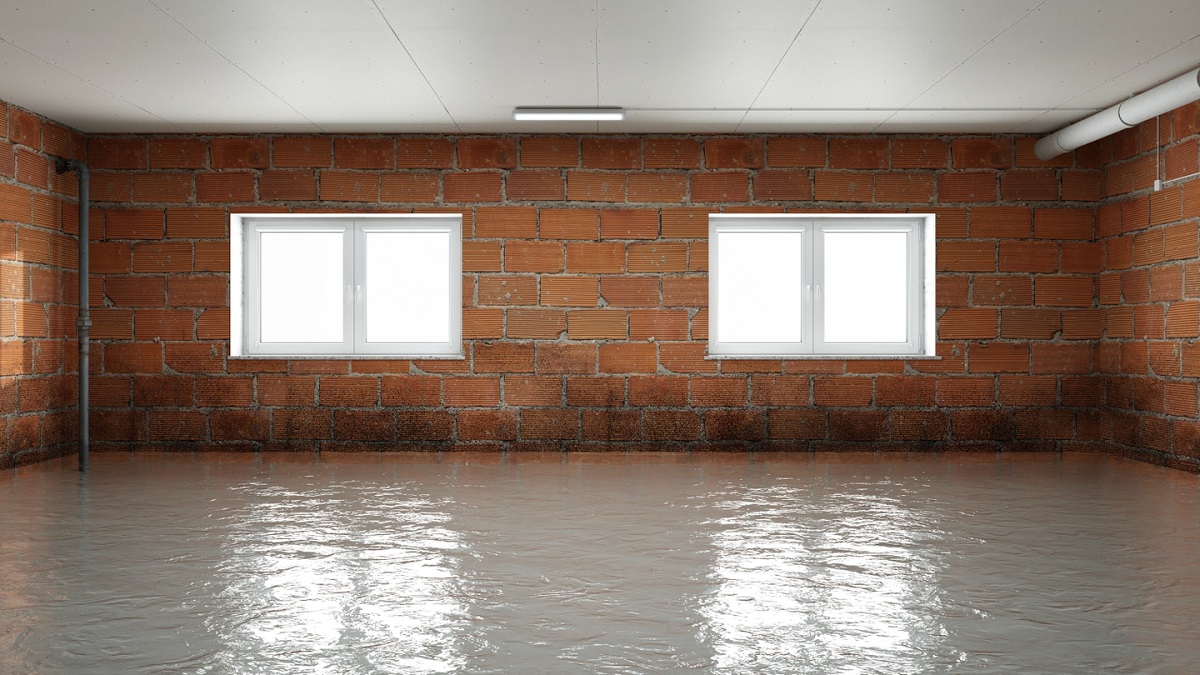
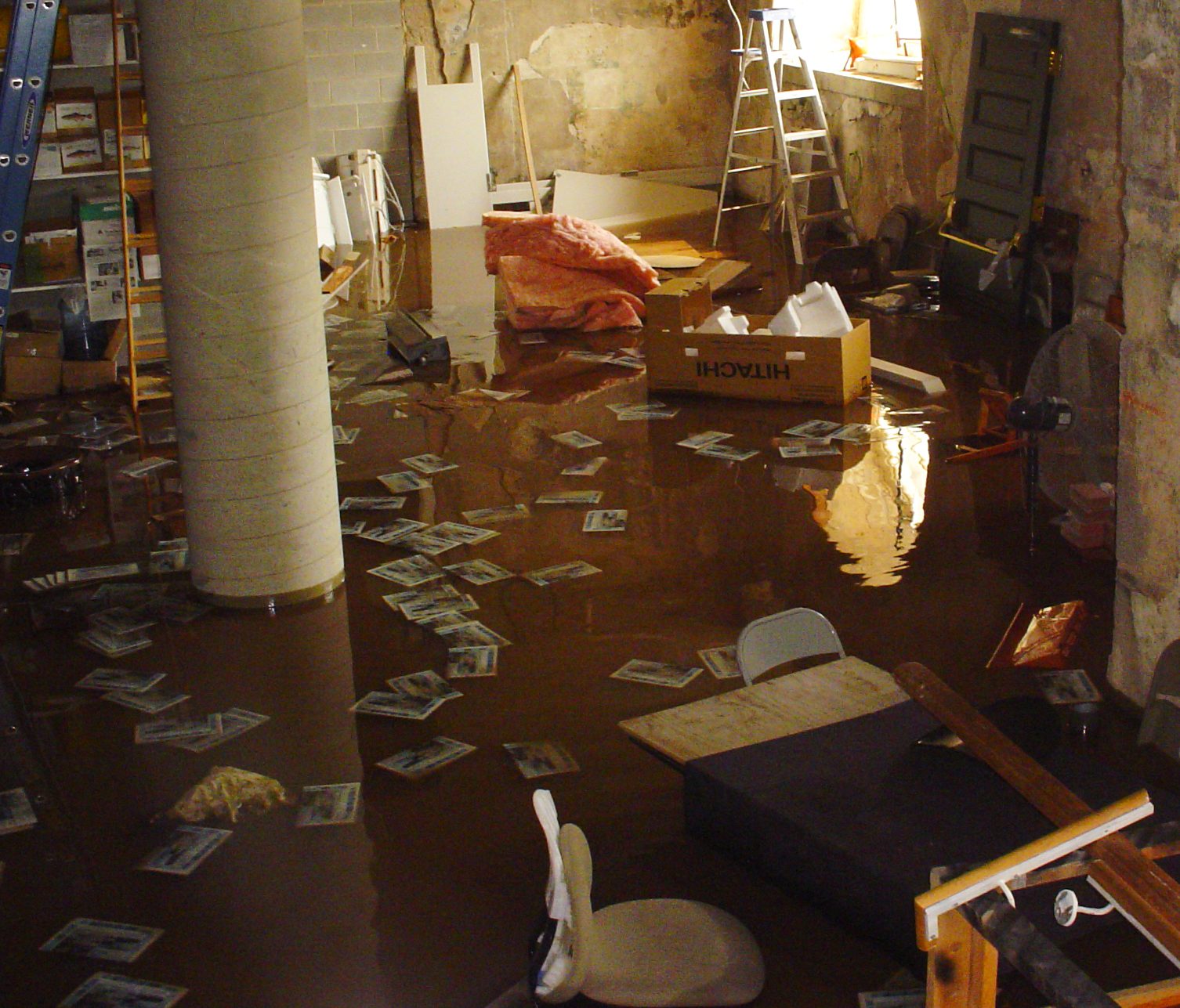
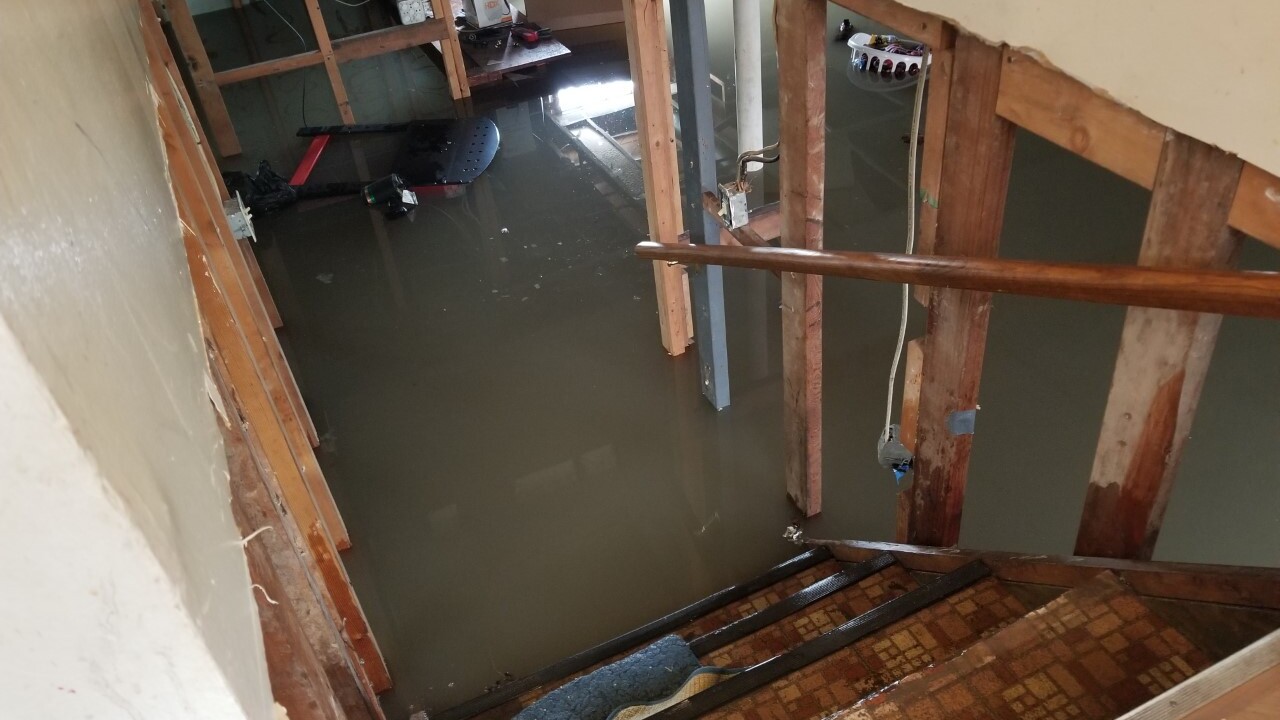
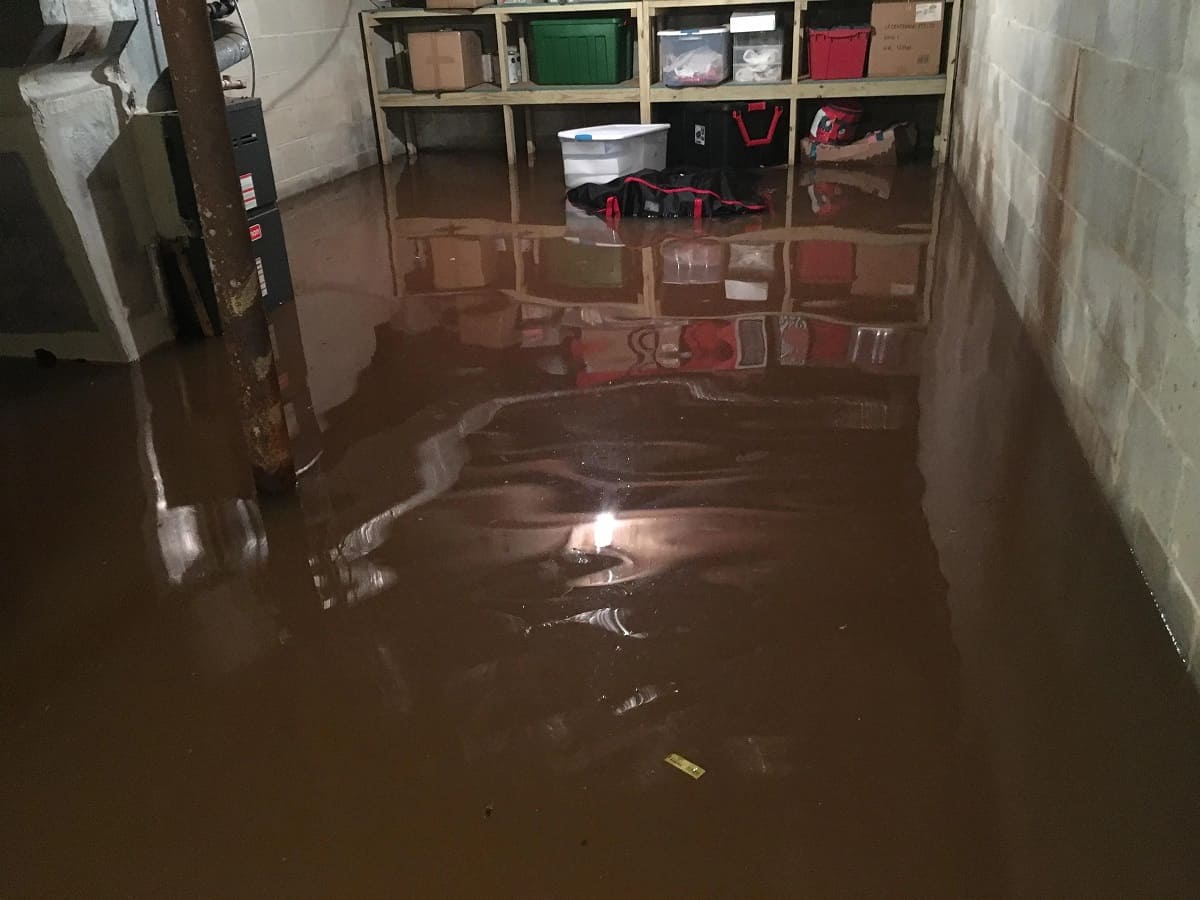
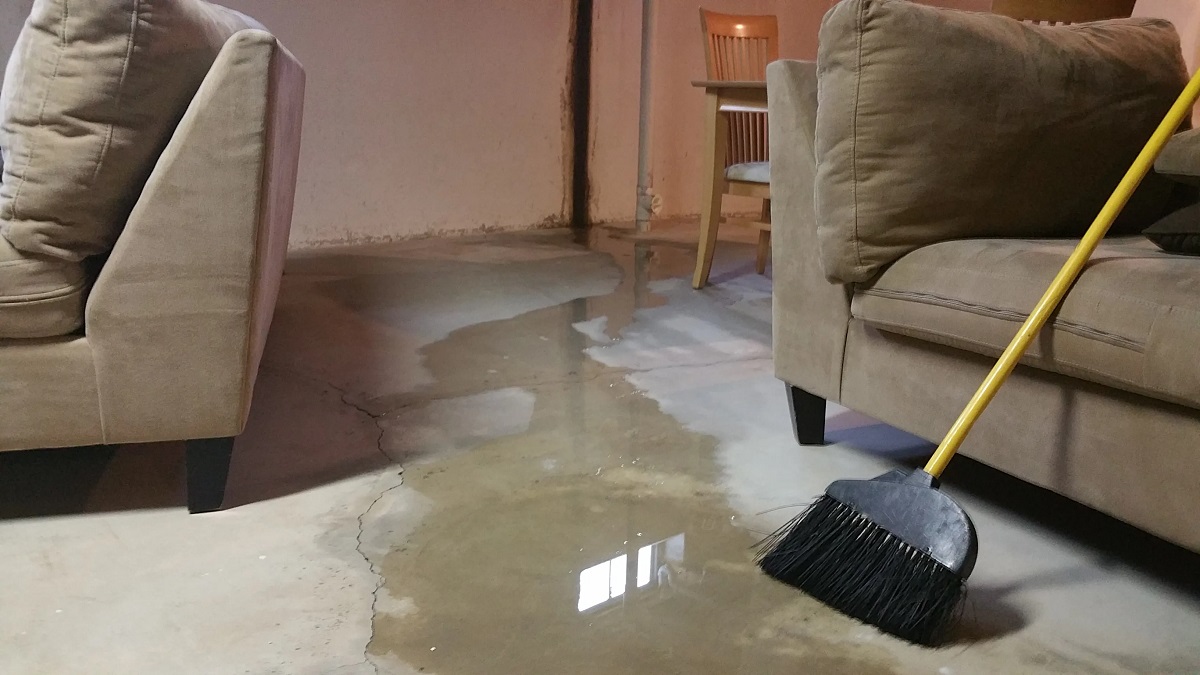
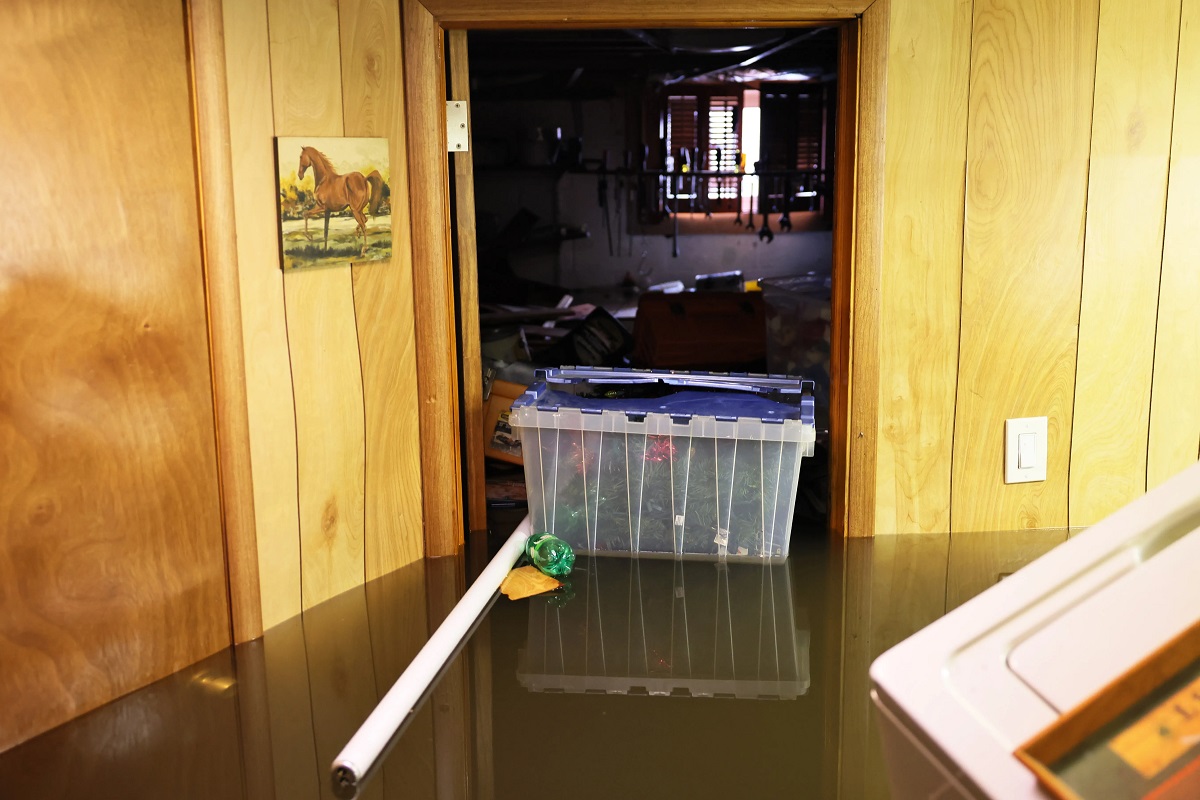
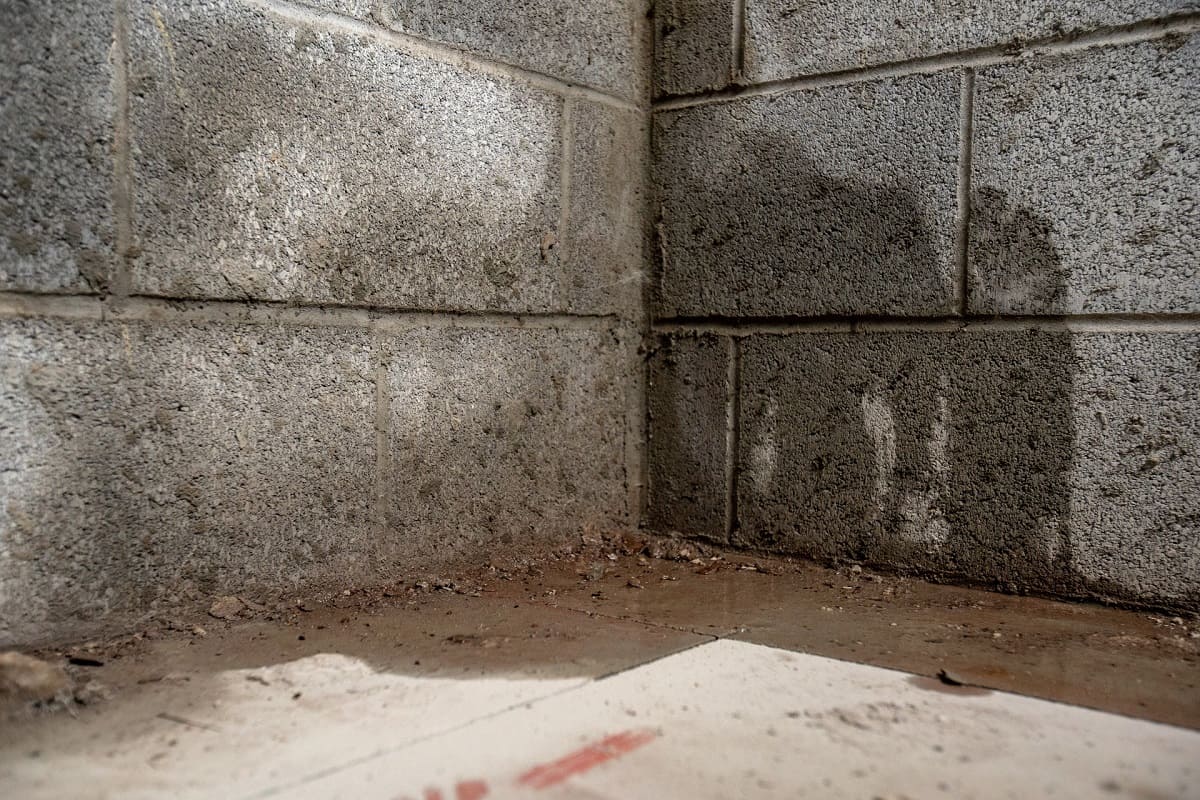
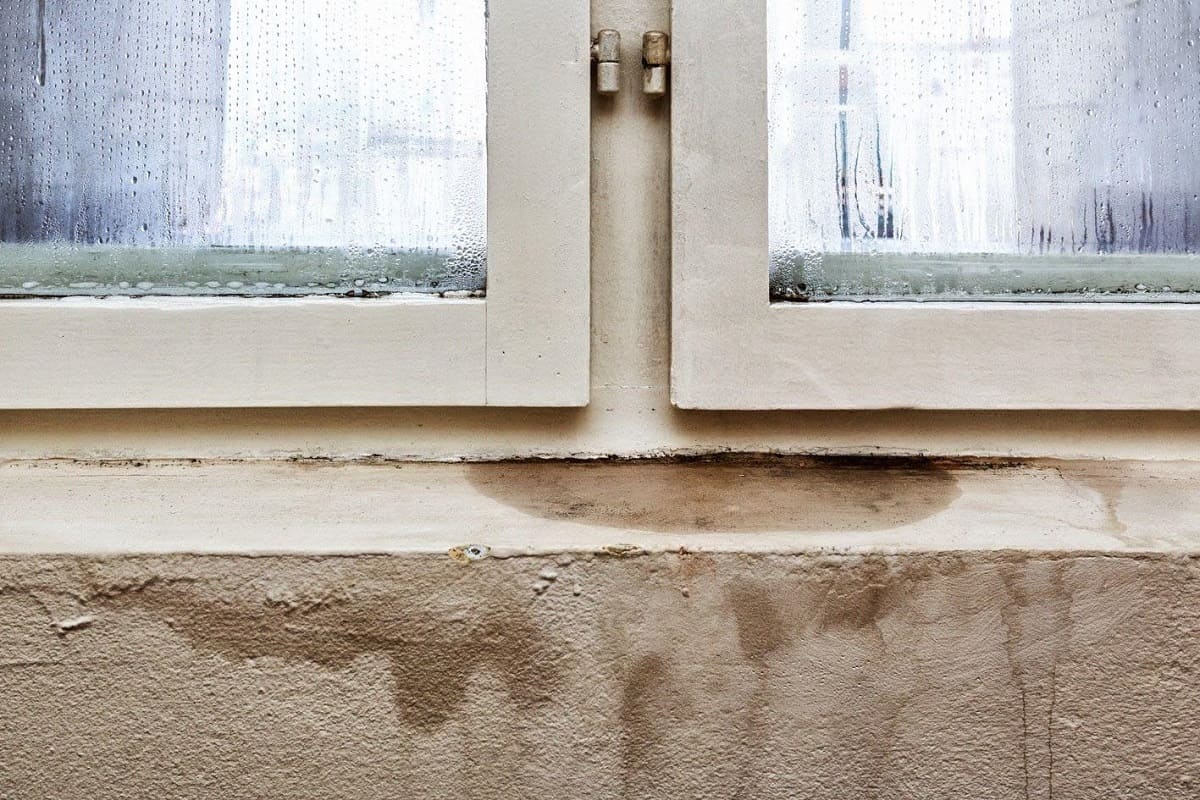
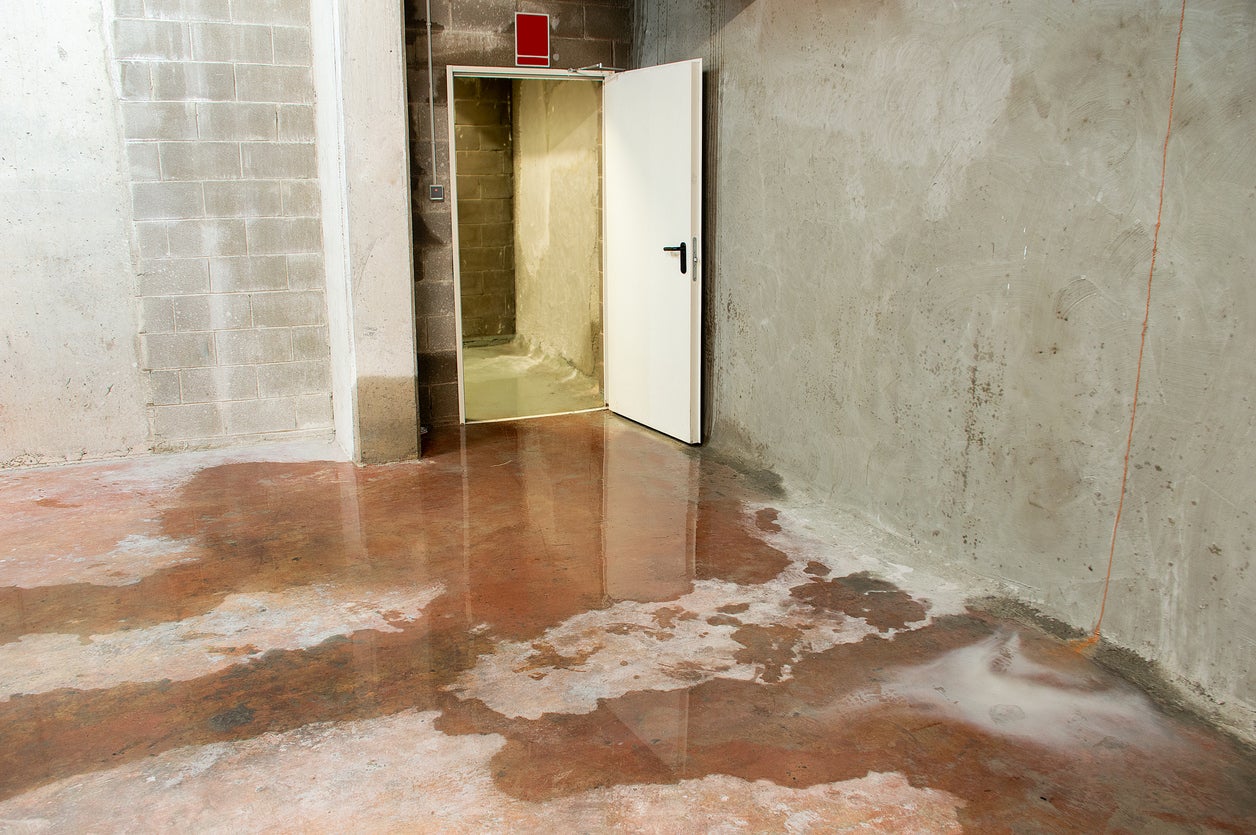
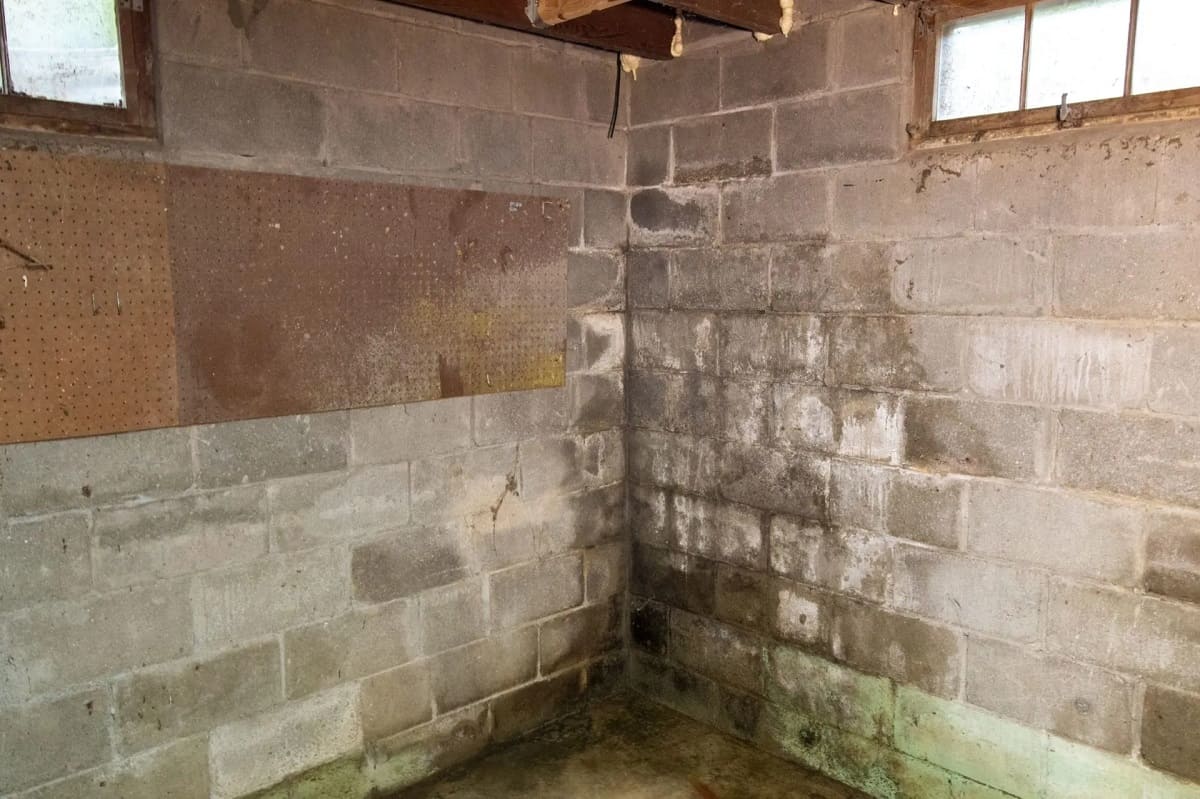
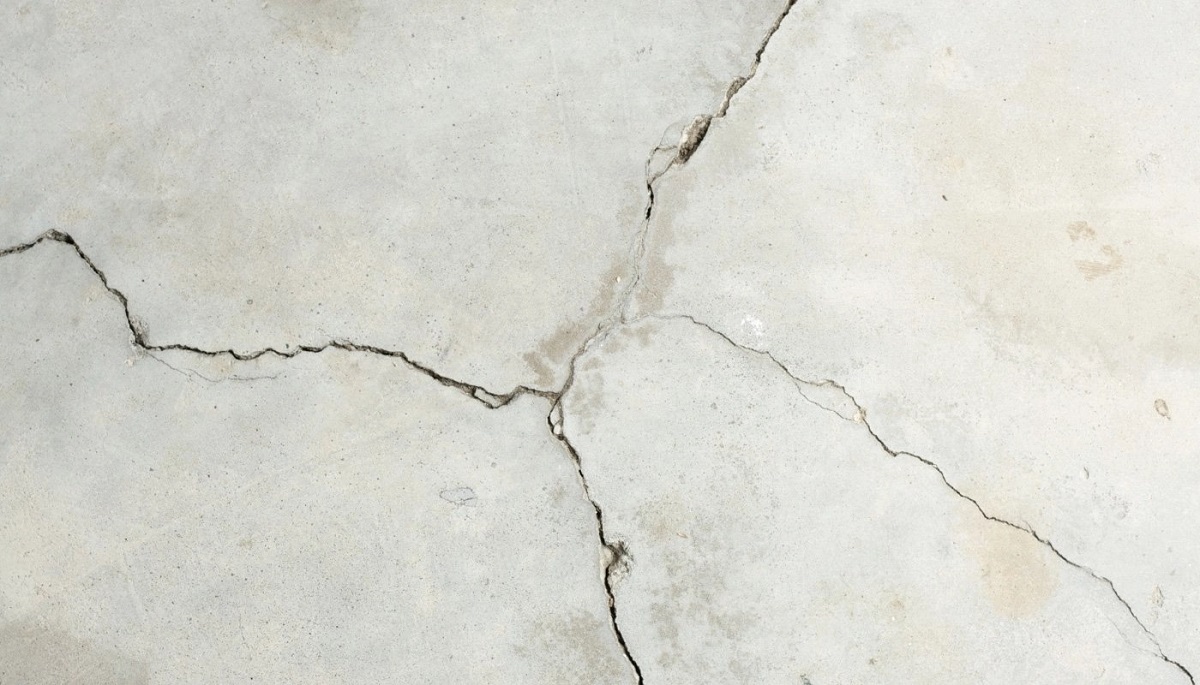
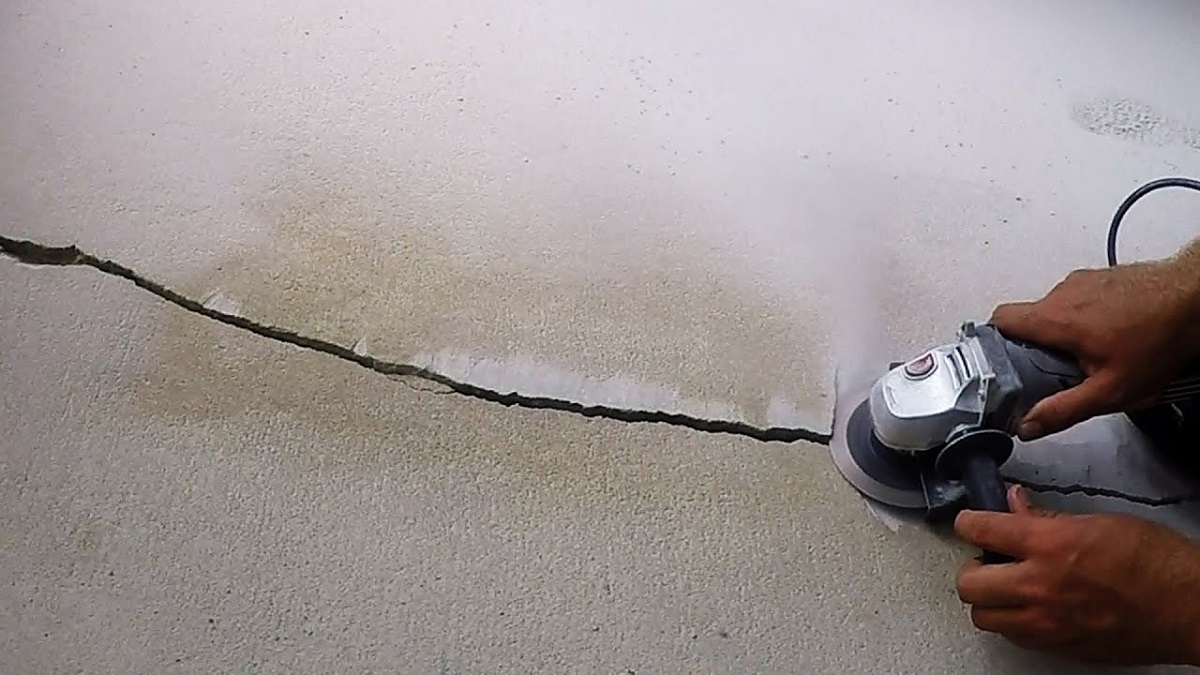
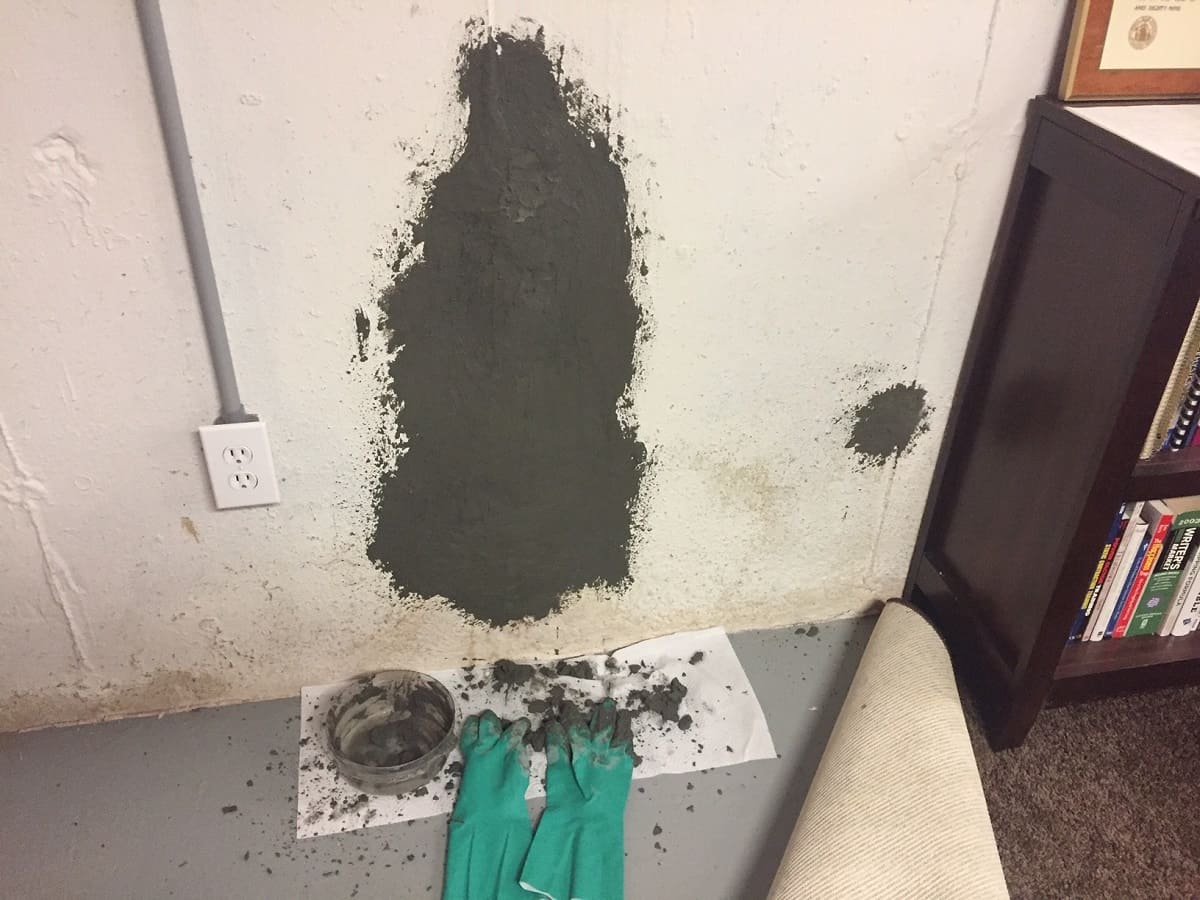

0 thoughts on “How To Fix A Basement That Floods”